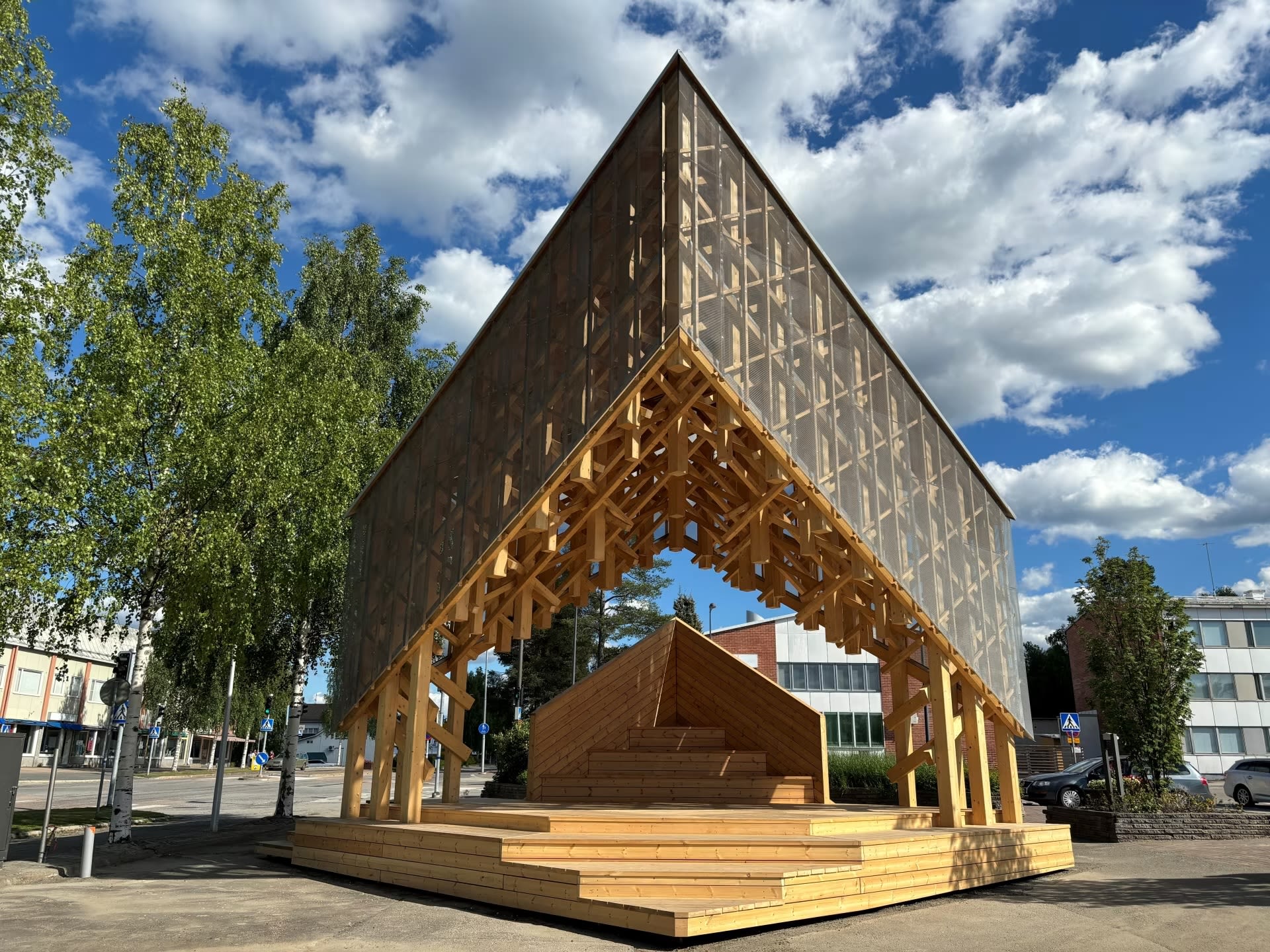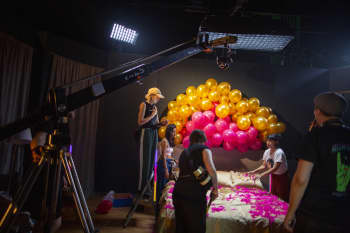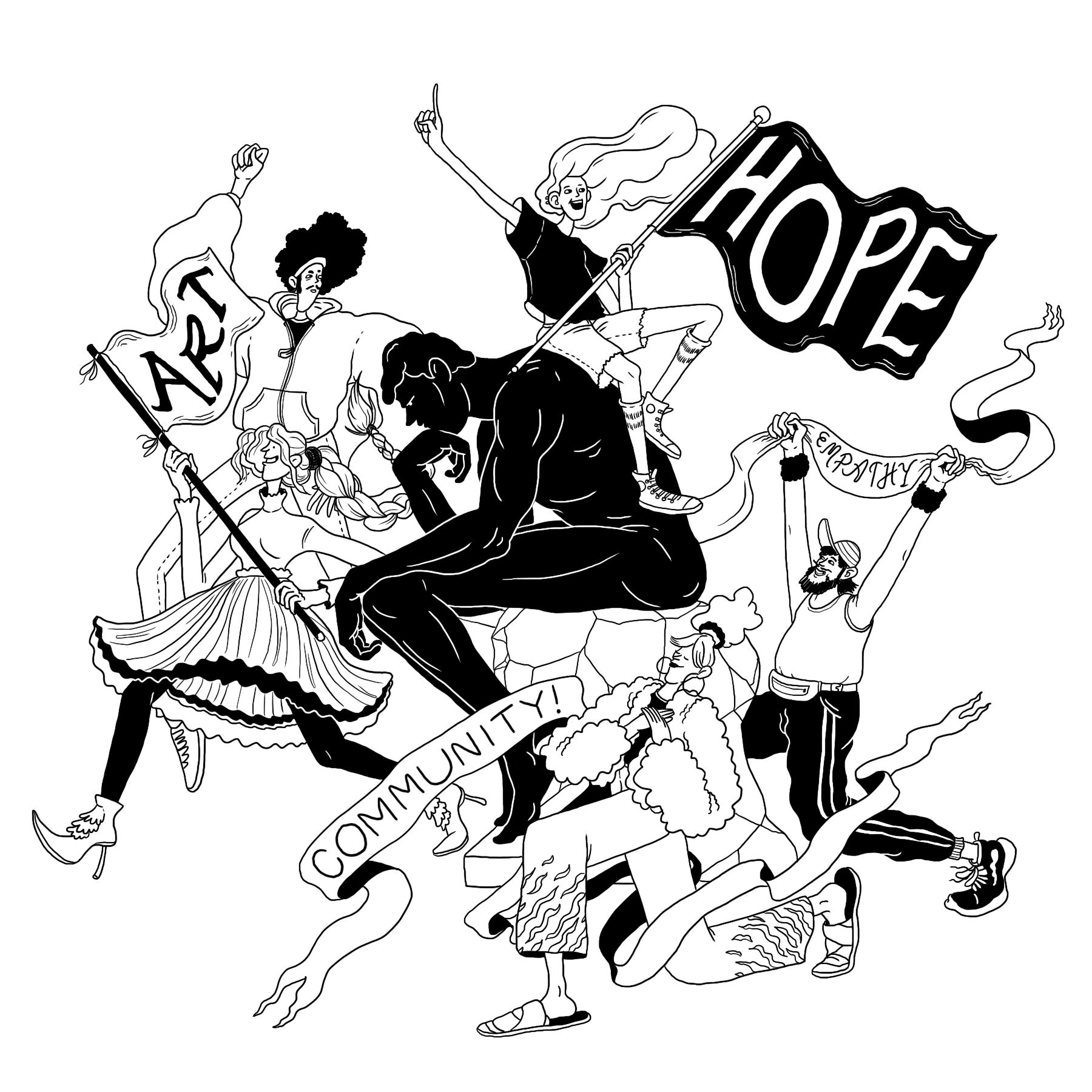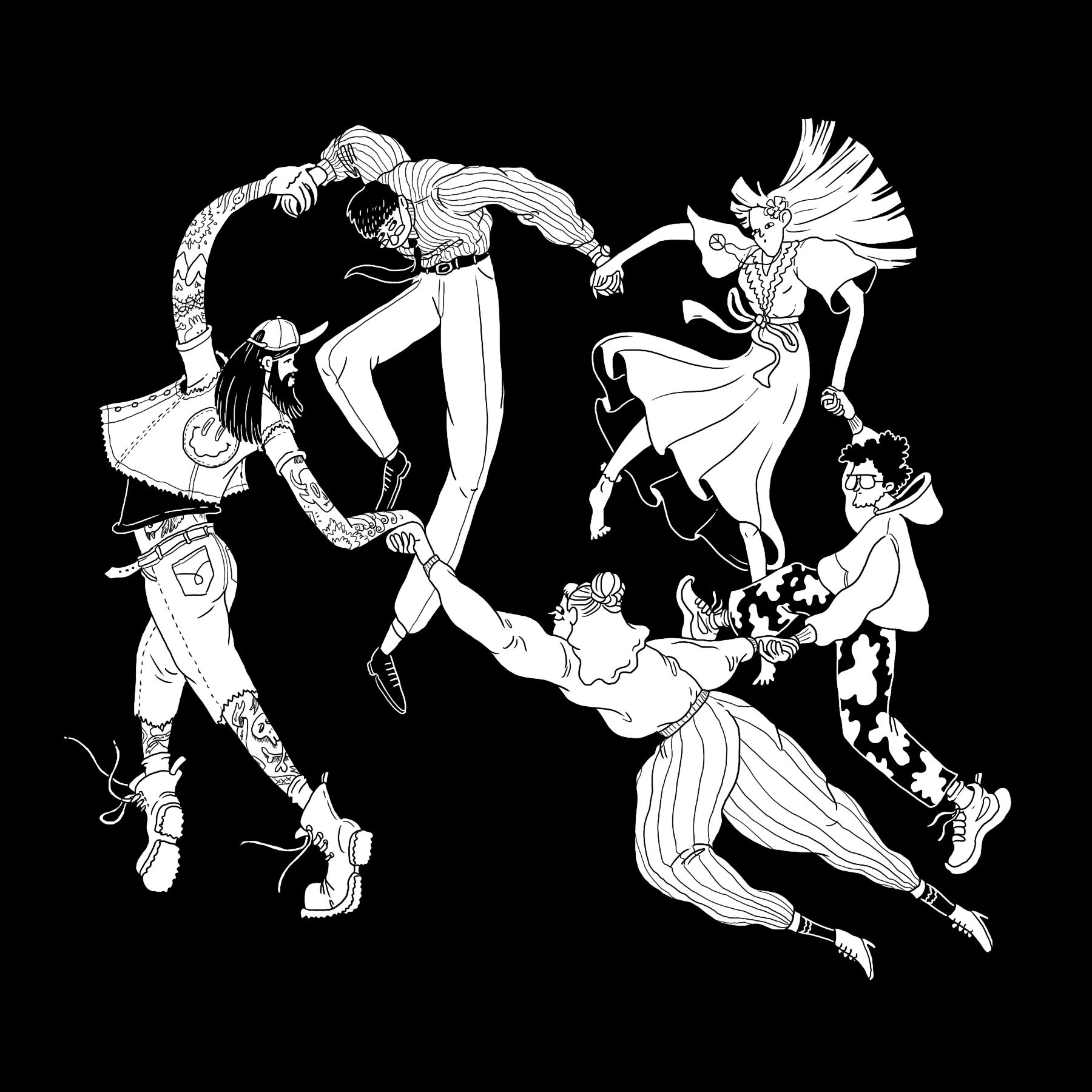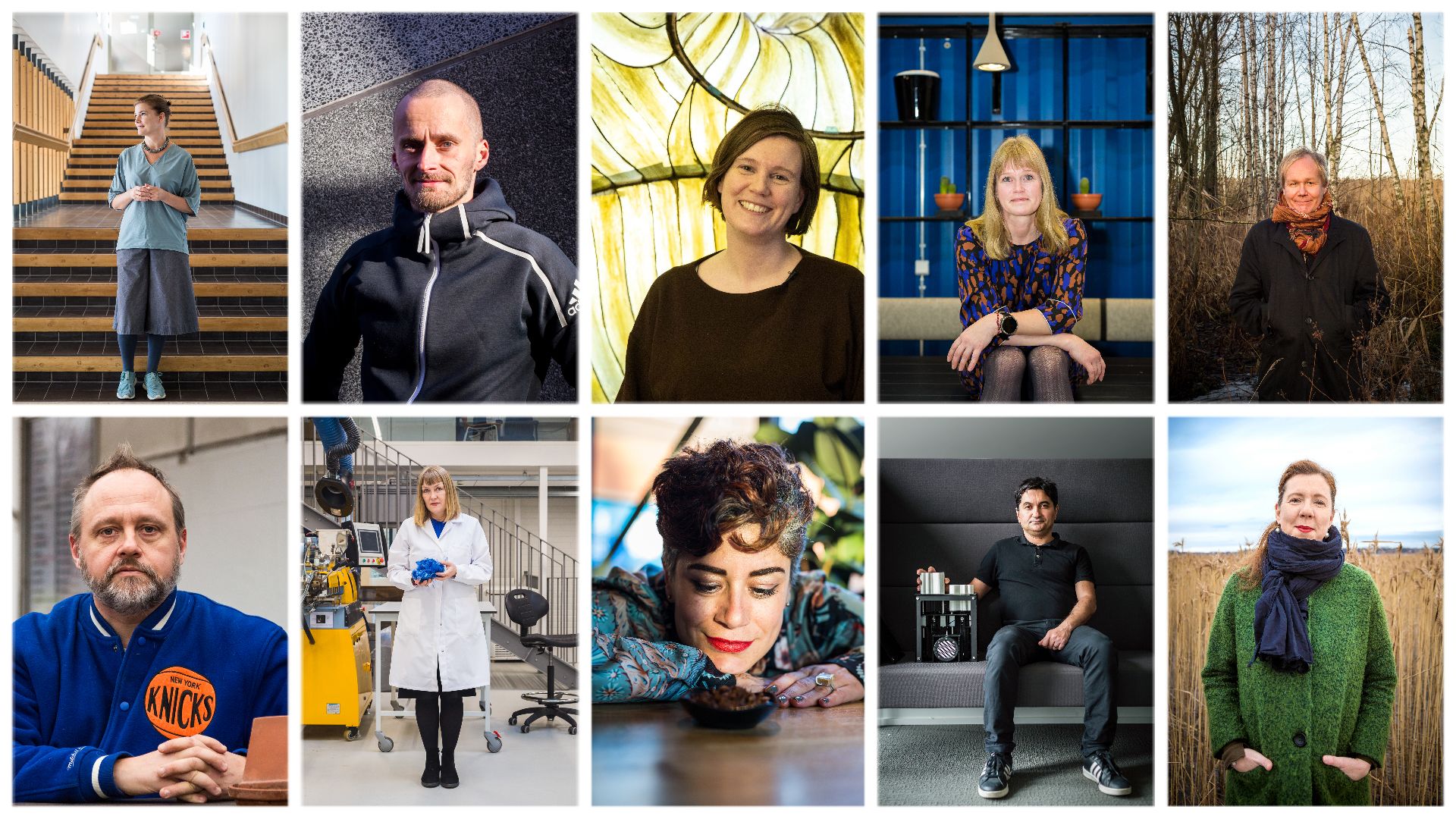Future of Aalto ARTS
Get to know our vision
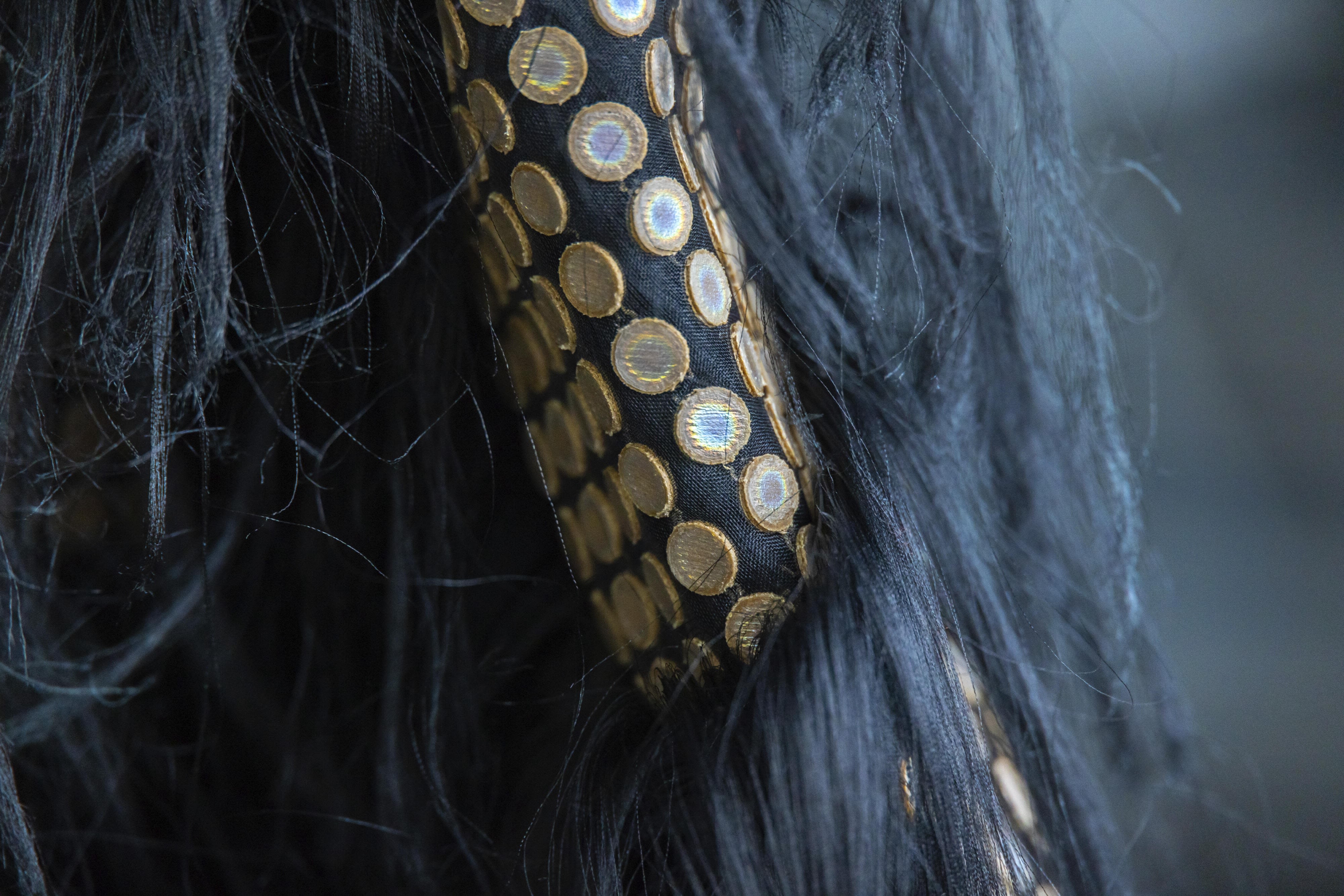
In August 2019, the Aalto ARTS community embarked on a journey of self-organised, collective reflection on the future of the School. The mission was to learn from each other, gather insights and release the innate creativity and leadership in us all. Not by controlling but by promoting creative chaos as our force.
This is a summary of our many Open Space* community sessions, discussions and the multiple efforts and aspirations that arose from them. Nobody and everybody at Aalto ARTS owns this content, nobody and everybody can claim full credit for these insights. The work remains in progress, and the most recent re-evaluation of these findings was made in August 2024. Join us to explore these ideas further!
*Open Space is a highly self-organised technique of facilitating.

Impact through creativity
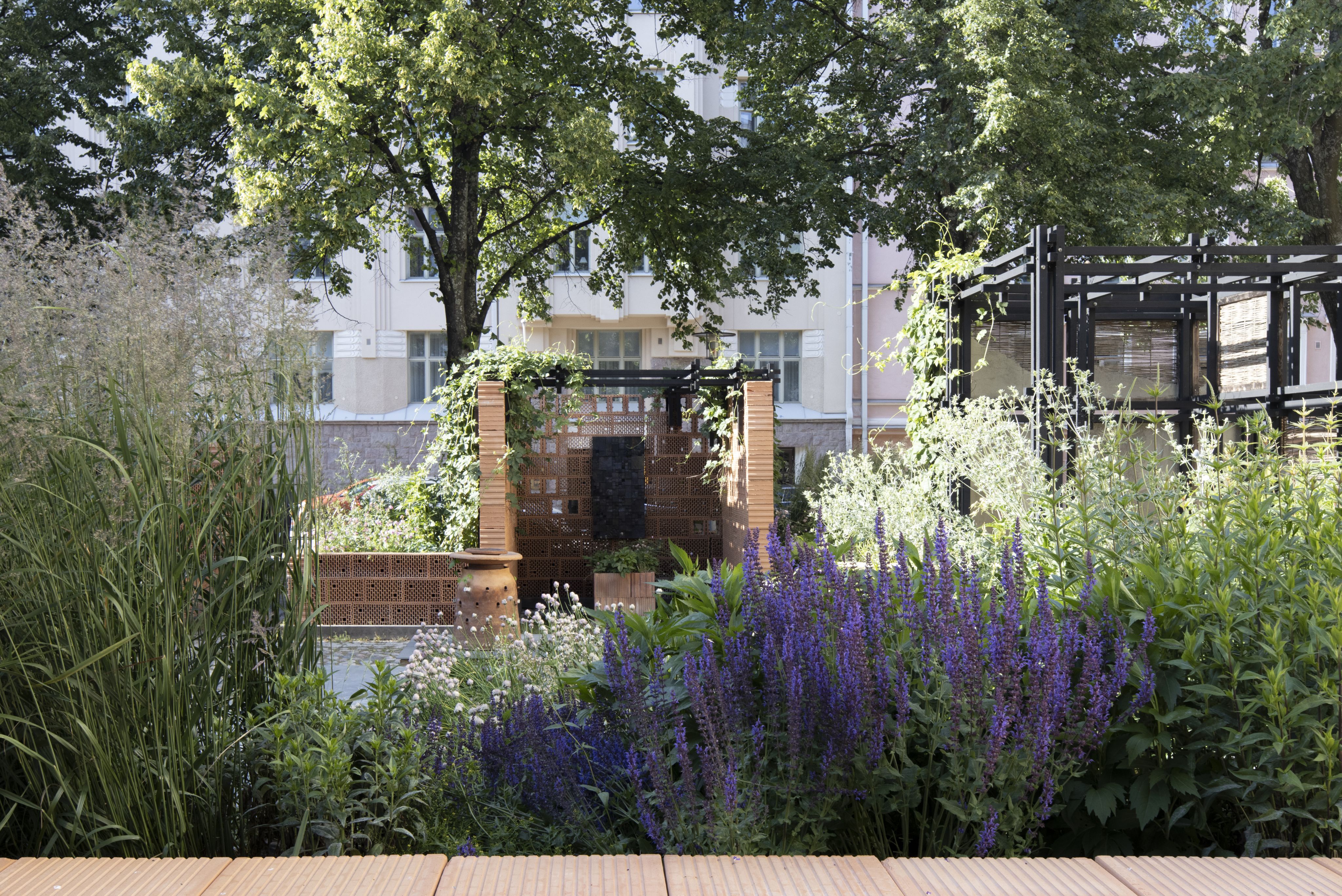
The world is in the midst of an ecological, technological, social and economic transformation that will fundamentally alter our way of life. The scale and complexity of this change is unlike anything humankind has experienced before. To be able to address the challenges linked to this transformation, we need collective and comprehensive new thinking as well as tangible solutions.
Aalto University leads the way in this big transition by providing transdisciplinary knowledge and skills deeply integrated with design, art, business and technology. Solutions to the world’s pressing issues can only be implemented by surpassing traditional boundaries, being bold and enabling renewal. At Aalto School of Arts, Design and Architecture we teach, learn and research creative and collaborative approaches to problem-solving.
We nurture the ability to perceive the world in new ways, to identify hidden patterns, to make connections between seemingly unrelated phenomena, and to imagine the as yet unimaginable. We thrive on variety, imagination and inspiration.
Our expertise is rooted in the fields of architecture, art, design, film and new media.
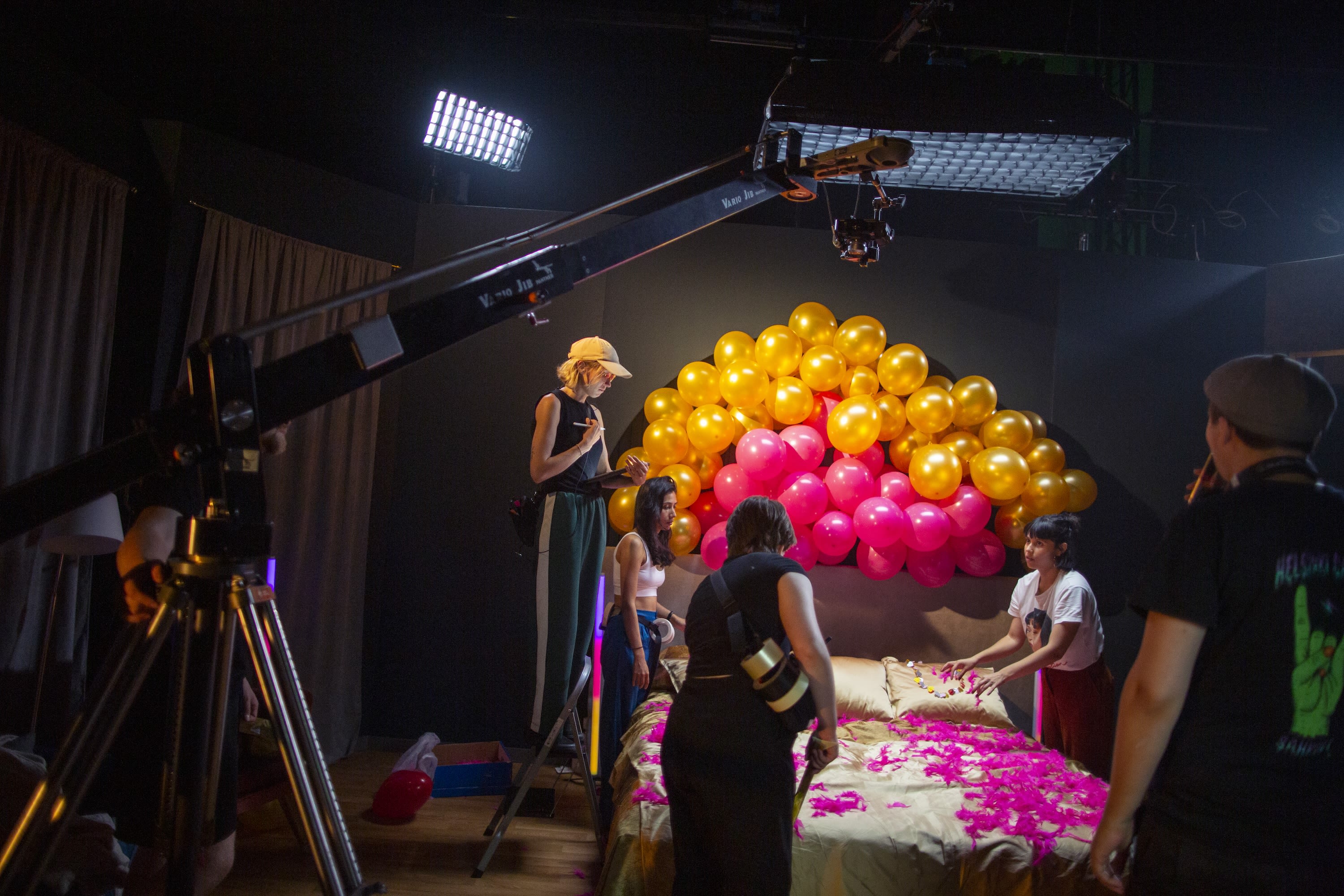
Our work is embedded in the Finnish and Nordic context which strives for a fair, happy and secure way of life for all — while at the same time being enriched with global perspectives brought to the mix by our international students, faculty and staff. As part of Aalto University, our three cross-cutting approaches are linked to sustainability, an entrepreneurial mindset and radical creativity. We're shaping a sustainable future through creativity and collaboration.
The following chapters highlight some of the collective views of our community in the School’s core activities.
Education, Research & Art, Impact & Collaboration
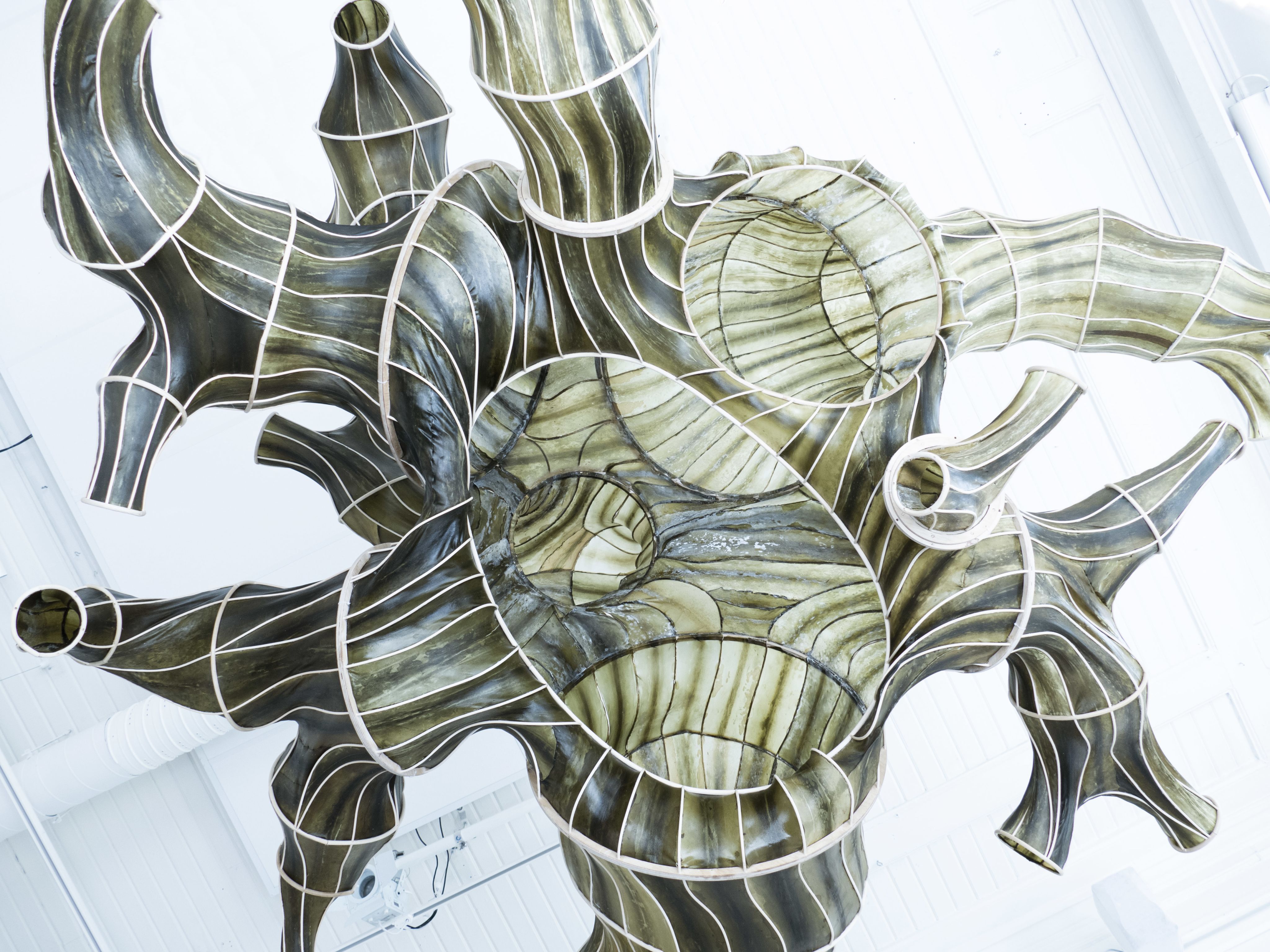
Education
The education sector is thriving as a growing global population has a keen thirst for knowledge. But how can today's universities prepare students for a world that doesn't yet exist?
At Aalto ARTS, we are developing our education curricula and teaching methods to respond to the needs of a rapidly changing society. Alongside formal degree-based provision, the need for continuous and life-wide education is growing, while digitalization continues opening up fresh opportunities. We seek synergies between all forms of education as well as collaborations with emerging actors in the education ecosystem. This way we can ensure that the training we offer remains relevant under all the different and possible future scenarios.
Some recent examples of our offering include the Aalto ARTS Summer School, online courses and MOOC’s such as Design Bits, the online course about design for non-designers, and the Games Now! open-for-all lectures.
The traditional role of universities might be challenged in the future — we say bring it on! Read more about our studies and programmes.
Research & Art
The Aalto School of Arts, Design and Architecture cultivates creative and transformative research in a dynamic relationship with a wide range of different stakeholders.
In our research, we are focused on:
- Co-creating sustainability through art, design and architecture. We are working towards sustainable practices, which in turn can drive a sustainable future. This is done through transdisciplinary and inclusive participatory research topics and methods.
- Social responsibility through art, design and architecture. Our research drives ethics, justice and empowerment in a shifting society.
- Creative and critical practices in art, design and architecture. We promote creative professional practices in all their forms to achieve reflection, impact and economic viability and sustainability. We are developing material alternatives in a world in transition and linking it to existing craft knowledge and cultural practices.
- Digital opportunities in art, design and architecture. We are inspired by innovation, experience, narration and learning in the digital world. Aalto ARTS makes use of artificial intelligence and other emerging technologies creatively but also critically.
To learn more, get to know our departments and their strengths.
Impact & Collaboration
Universities are a source of reliable information. There is a growing demand for our knowledge outside of academia. In particular, there is a need to put purpose above profit, to develop a better understanding of ethics, empathy, equality, user and planet centric designs, sustainable lifestyles and living environments as well as attractive cultural and creative organisations – to name just a few.
At Aalto ARTS we can speed up change and increase our social impact through collaboration. On the one hand, we are pushing for a wider awareness and recognition of professional creative skills in society. To a much greater extent, we need creative professionals in all areas of society, to collaborate and to bring their particular brand of expertise to the table. On the other, we are encouraging people and organisations to nurture their own creativity. As experts we can provide insight into how creativity can be taught, learned and harnessed.
What we look for in our partnerships, are healthy ways to collaborate with mutual benefits. Dialogue, two-way learning and research and employment opportunities for our talents are just some of the benefits collaboration can bring. At the same time, we’re looking for new ways to safeguard our funding.
Are you looking to explore an alternative perspective? Contact us!
Artpreneurship
Artists and creative professionals bring something unique to the society — an ability to tell stories, create immersive experiences, and evoke emotions that resonate on a deep, human level. Their expertise extends beyond self-expression; they are highly trained in navigating ambiguity, thinking beyond conventions, and transforming ordinary materials into extraordinary outcomes. They see possibilities and craft new realities rather than perceiving obstacles and limitations.
Artpreneurship is about fundamentally rethinking how we approach problem-solving, strategy, and innovation. It expands the very definition of entrepreneurship by incorporating artistic and creative intelligence into businesses, NGOs, and organizations. By fostering novel partnerships, it allows organizations to tap into new ways of thinking, creating, and connecting, ultimately generating both strategic and competitive value.
So, at its core, Artpreneurship is not about teaching creative professionals the basics of entrepreneurship in a traditional sense. Instead, it prioritizes artistic thinking, non-linear problem-solving, and the ability to envision and materialize the unseen and unexperienced. It also critically addresses the ethics, integrity, and sustainability of all actions taken, ensuring that creativity serves not just commercial goals but also societal and planetary well-being.
In an era of rapid change, exponential complexity, and shifting paradigms, businesses can no longer rely solely on logic, analytics, and linear decision-making. Artpreneurs—artists who think and act entrepreneurially—offer cognitive diversity that challenges outdated assumptions and explores new possibilities. They help organizations cultivate cultures of fearless experimentation, emotional intelligence, and long-term strategic vision.
Embracing Artpreneurship isn’t just an opportunity; it’s an imperative for organizations that want to remain relevant in a world where creativity, adaptability, and life-centric thinking are the ultimate competitive advantages.
Are you interested in collaborating? Read more and contact us!
Artpreneuship: Luova Lämpiö
Artpreneurship Research Group
Radical Creativity
Illustration: Annukka Mäkijärvi
Illustration: Annukka Mäkijärvi
Illustration: Annukka Mäkijärvi
Illustration: Annukka Mäkijärvi
Illustration: Annukka Mäkijärvi
Illustration: Annukka Mäkijärvi
Craftmanship, embodied knowledge and materiality
Aalto ARTS has a strong academic background and history of practice-based and practice-led research and design. The School is a place to combine different ways of thinking: academic knowledge and creative practice as well as experiential knowledge, acquiring information and understanding by hands-on doing. This combination creates unique insights into the nature of our realities.
ARTS INFRA workshops offer some of the most well equipped and well staffed, hands-on learning opportunities in Northern Europe. Our students’ and faculty’s myriad of ideas are put into practice with concrete experiences in the workshops and studio spaces that are available to all.
Some examples of state-of-the-art research as well as learning and teaching in materiality, textiles and embodied knowledge conducted in the School include the CHEMARTS collaboration, the Fashion/Textile Futures and Empirica research groups. More about learning and teaching in the context of "textile thinking" in this video Interwoven.
The School and its predecessors have provided higher education in industrial art in Finland for more than 150 years. Over time, our work has expanded. Today, it is perceived as a holistic process that crosses many boundaries. It involves a great deal of appreciation for cooperation and a very special relationship with everyday life and users. The legacy of the School’s former slogan “Pro Arte Utili” or “useful art” lives on.
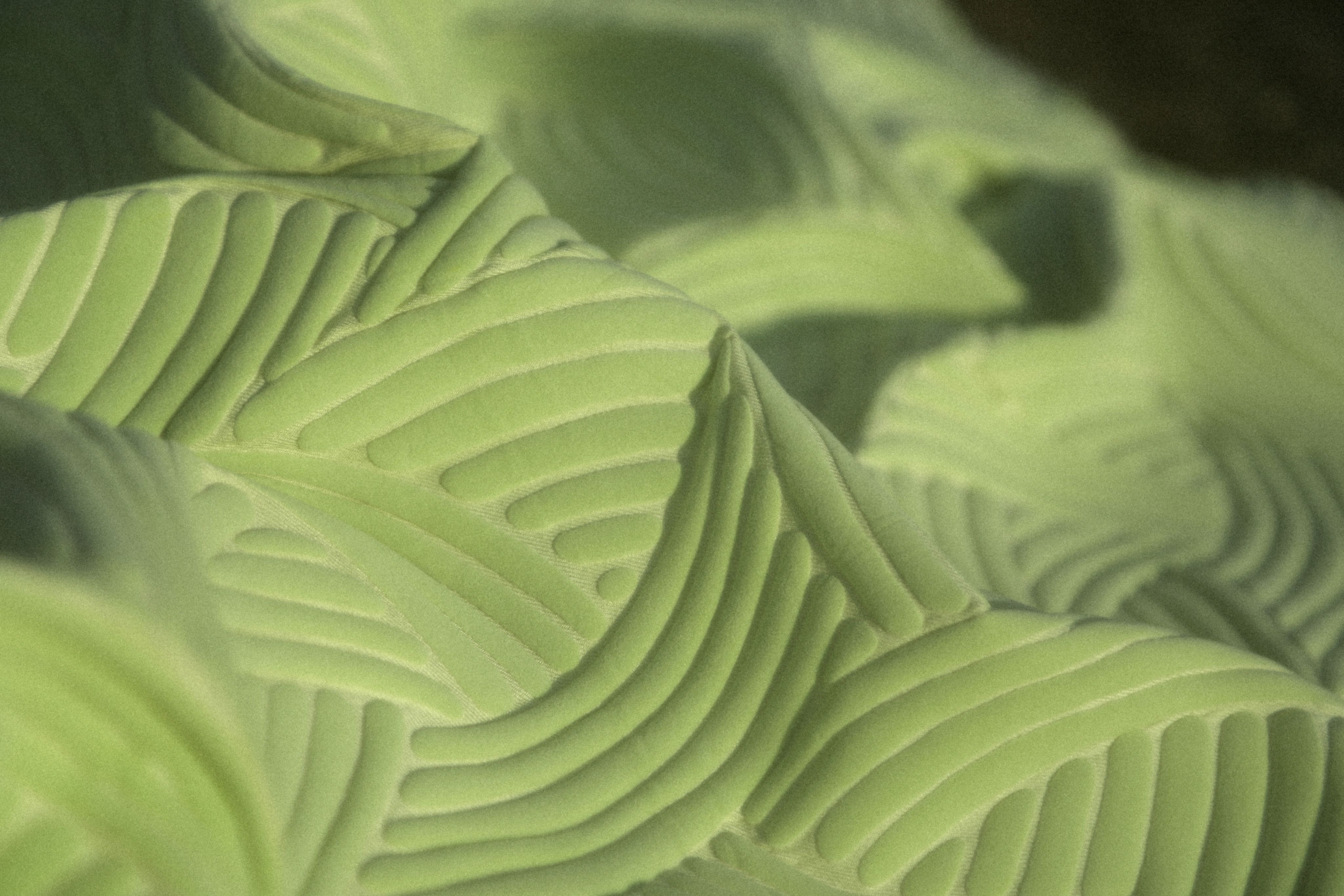
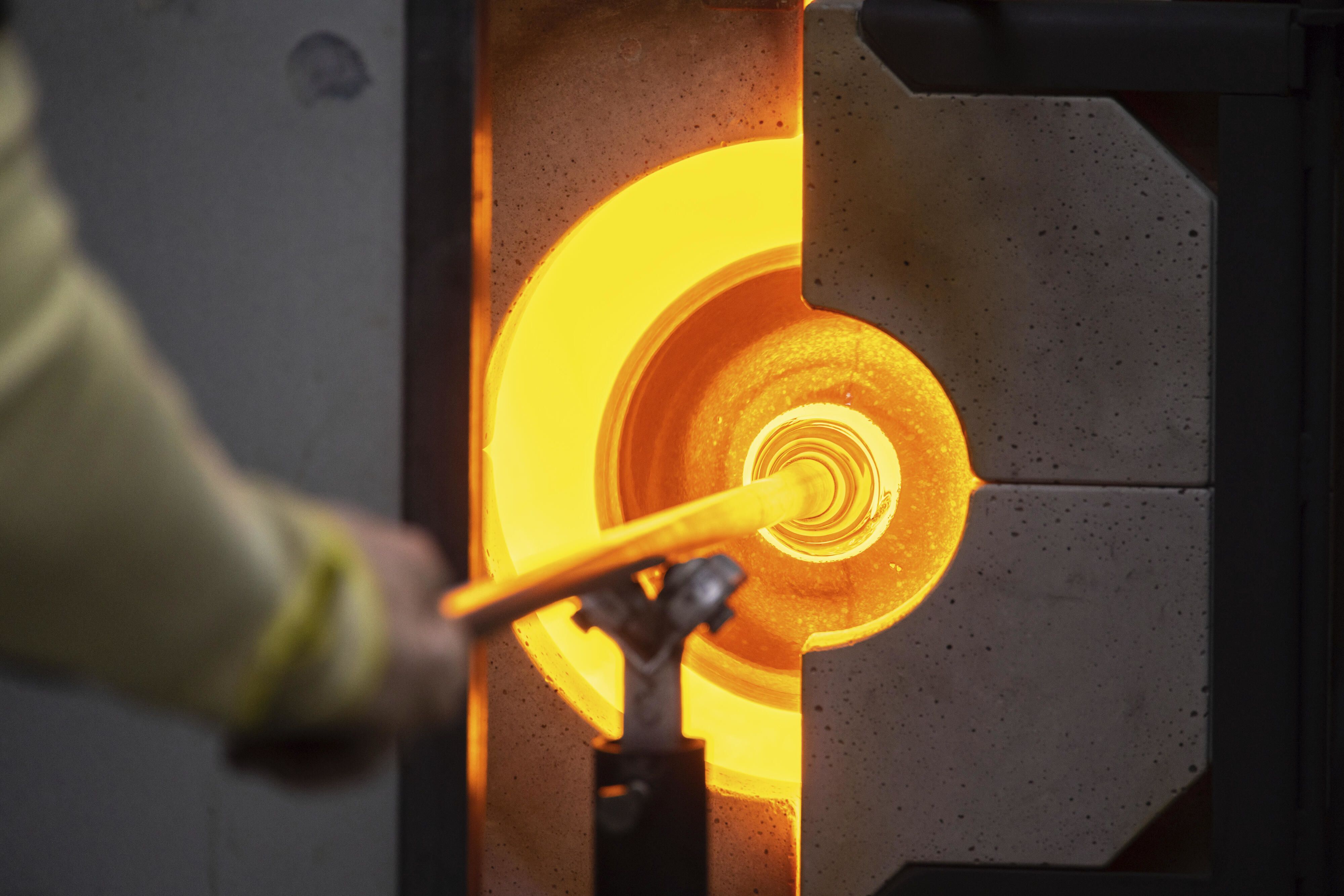
AI and Emerging Technologies
Technology is spreading through our lives and creating a new landscape of opportunities. The boundary between what is human and what is machine is becoming blurred. Despite their increasingly sophisticated decision-making abilities, technological systems still need human inputs, such as creative thought processes and reasoning.
The grey area between human and machine is of enduring interest to us at Aalto ARTS. How can creative professionals harness for example AI’s analytical capabilities, and thus develop more informed, evidence-based strategies for aesthetic decisions and functional design solutions? More innovative, efficient, and thoughtful outcomes in their respective fields? How can we automate routine tasks and augment and inspire the creative process? Create new opportunities to experiment with innovative ideas that may not have emerged through conventional methods? How can these technologies open new frontiers for creative exploration, making previously unattainable projects a reality?
Aarni and Ilmo Kapanen's code artwork 'Loom of Reality'.
Aarni and Ilmo Kapanen's code artwork 'Loom of Reality'.
At Aalto ARTS, our vision is to become a leading institution in integrating AI and generative systems into the curriculum, research, and practice of art, design, and architecture, fostering innovation and preparing students for the future of creative industries. Our objectives are:
AI Literacy for Students:
Ensure that ARTS graduates embrace foundational knowledge of AI technologies. This knowledge will be as essential in future job markets as skills like critical thinking, computer literacy, and digital fluency. Students should be empowered to understand AI’s capabilities, limitations, and applications within their creative practice.
AI for Researchers:
Equip researchers with a deep understanding of AI methodologies, enabling them to explore new possibilities, enhance their work, and further develop cutting-edge AI tools and processes. Whether through data analysis, generative design, or automated processes, researchers should feel confident in leveraging AI to advance their fields wherever needed and provide valuable insights into the future development of AI.
Human-Centred Creativity in the Age of AI:
As AI technologies mature and increasingly replicate elements of human creativity, the unique “soft skills” in art, design, and architecture—such as empathy, emotional intelligence, cultural context, and understanding of human experience—become even more valuable. This strategy emphasizes that while technical AI skills are crucial, the human-centred approach remains a differentiating factor in creative fields.
As a School there is still a lot of learning and de-learning to be done: we need both field-specific and cross-disciplinary research, more collective understanding of the tools, more experts to help the community and better focus on working habits.
Sustainable ARTS
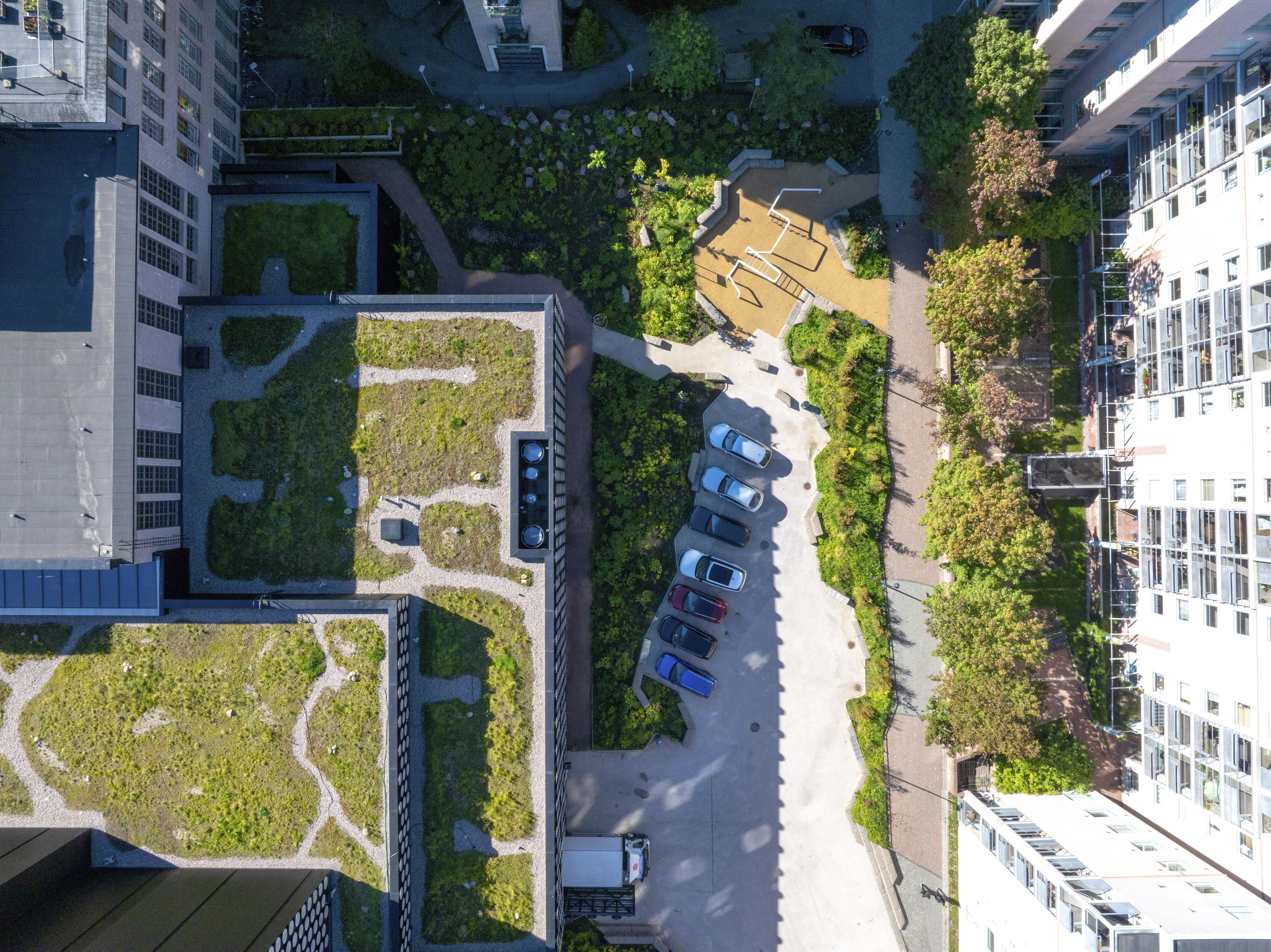
Global polycrisis has become the new normal. Today’s global problems are not just the result of fossil fuels, pandemics or an aggressive invasion. Instead, they are highly interconnected, and together produce greater harm than what they would do isolated. To get out of this mess, humanity needs a major transition from linear economy and growth-orientation towards sustainable, good life within social and planetary boundaries.
Universities have a momentous role to play in creating systemic change to solve the polycrisis. We build and transfer knowledge through multidisciplinary collaboration, we can engage students as well as other stakeholders through public and private partnerships, we can also influence the values and behaviour of the wider public. Our researchers can advise policy makers.
In seeking sustainability, we are bound to face many contradictions. The creativity of Aalto ARTS’ designers, architects and artists may prove to be a source of great resilience in such complexity. Creative professionals master non-linear ways of working, seek to get to the root cause of problems, approach issues in a holistic way and create inspiring visions for the future. These skills — combined with science, engineering, business and policy — could very well accelerate the necessary changes towards a sustainble future. What we still need is even more knowledge-generating skills, collaboration and the ability to understand larger systems. Creating time for curiosity is of the essence. Curiosity towards not only our own fields of excellence but also science, economics, logic, philosophy, more than human ethics…
International ARTS

Aalto University is one of Europe’s most international universities. The share of international academic faculty is close to 50%. Currently, around 25% of degree students are international. This means that the community is diverse and that study and research span many interests, topics, networks and methodologies.
At Aalto ARTS we are interested in the notion of ‘glocalisation’. It reflects both global influences and local traditions. Though the School is rooted in the Finnish and Nordic context with its social, cultural and economic structures, our international and diverse community members navigate within their own respective cultural identities, enrichening the shared reality. Together we create a huge network of expertise and wisdom and can influence global elements while reinforcing local distinctiveness.
We work with multiple actors and stakeholders without territoriality. Furthermore, our community can embrace different ways of knowledge creation: methods derived not only from scientific practice but from artistic practices and also other traditions, including for example vernacular and indigenous practices. We consider this an invaluable asset to our School.
‘Think globally, act locally’, as the saying goes. At Aalto ARTS, however, we are aware that everything local is global, and vice versa. We keep on assessing and reassessing, questioning and reflecting — to impact the world in positive ways.
Culture and wellbeing
Responsibility, courage, collaboration
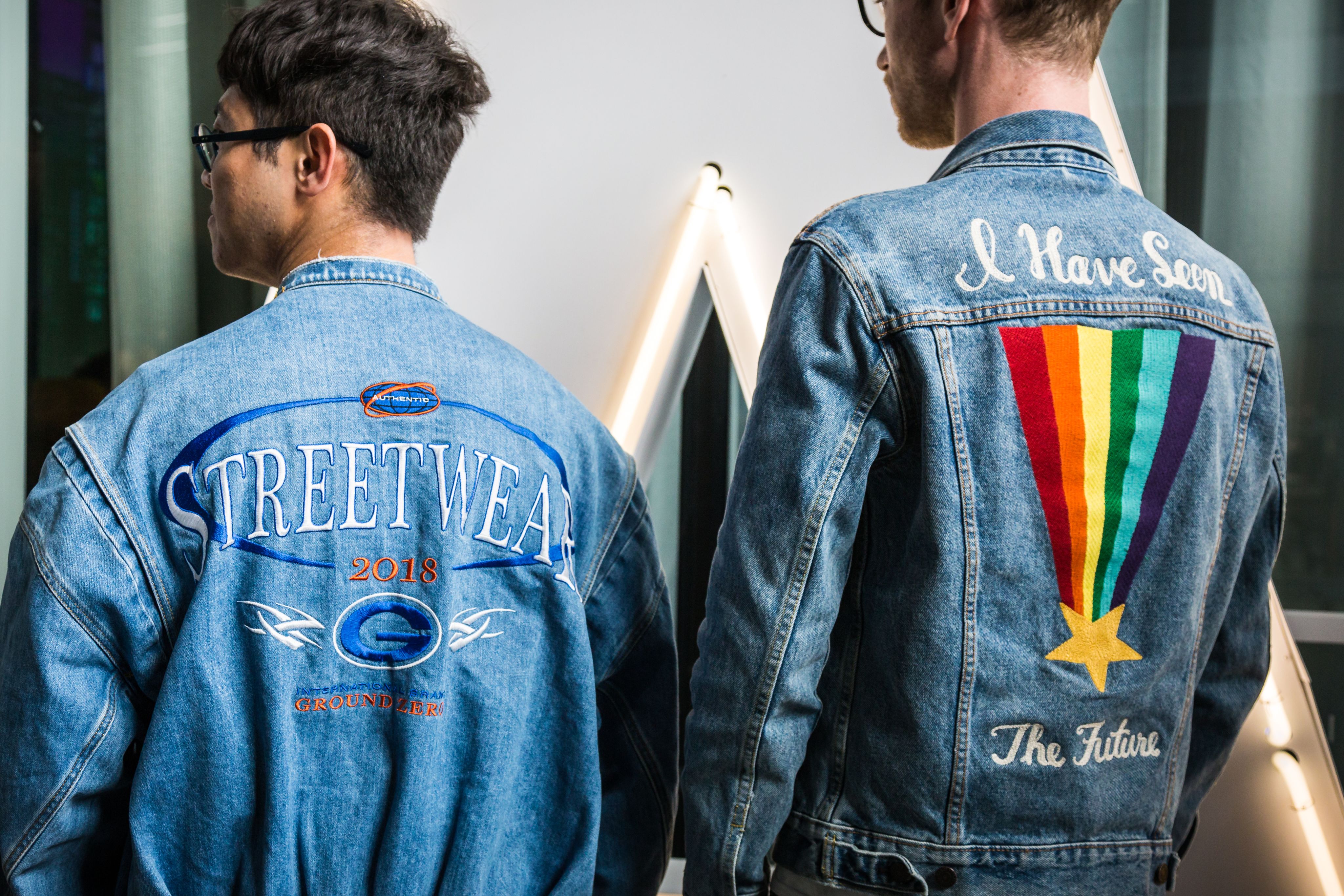
Great universities have great cultures, and student, faculty and staff wellbeing is a fundamental contributor to getting there. A culture of wellbeing can’t simply be tagged on an organisation as an afterthought. It’s far too important to our success.
Aalto ARTS strives to establish a School that actively attracts, supports, and retains diverse students, faculty and staff. A School that demonstrates its commitment to diversity, equity, and inclusion, actively builds a respectful and vibrant community, and encourages each individual to achieve their potential.
While we’re proud of the efforts we’re making and the conversations we’re sparking, there is a lot of work to be done to achieve our goals. Furthermore, the work belongs to everybody.
If you have ideas how the School can foster wellbeing and improve its culture, please contact the ARTS EDI Task Force.
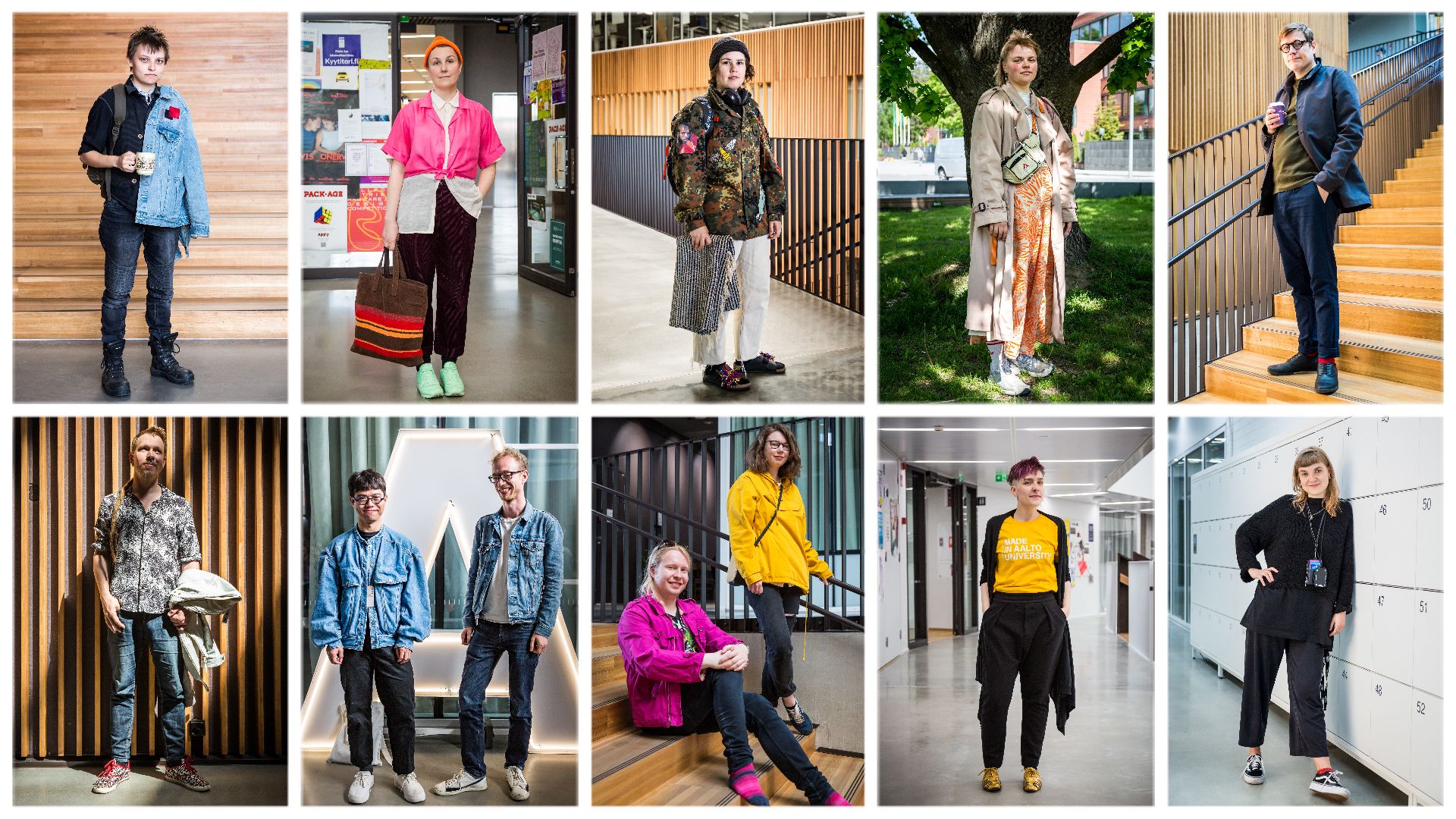

I’m wearing my memory jacket, which reminds me of all my years at ARTS: my bachelor’s and master’s degrees, my friends’ degree shows, and projects I have helped with.
Student wellbeing
Universities do not operate in isolation. Many of the ongoing challenges faced by society are affecting higher education institutions — and also their students. General living costs are getting higher, the pandemic learning loss is still visible, and the job market is unstable. How are our students coping? Are we doing enough to support and integrate our international students? How can we make our students shine?
Aalto ARTS provides state-of-the-art teaching and workshop facilities as well as a truly transdisciplinary academic community. We encourage our students to develop their own vision and to contribute to wider societal conversations, often challenging the status quo.
It is possible for our students to make unique, tailor-made choices within their study-path. However, they need guidance to become more independent learners. Students can best be prepared for responsibility by supporting general life and learning skills and by emphasizing learning by doing — all with a compassionate approach. We have succeeded when students show initiative and are used to independent working.
Big changes, such as rapid growth in student numbers, will also require flexibility and new ideas from teachers. New pedagogical methods can be used to redefine how we teach and learn. Digital tools can save time and effort as well as open up new ways of working together. Also, students’ peer-to-peer learning could provide some of the answers to issues of today’s ever-changing learning environment.
Photos of the series 'Faculty Stories' by Veera Konsti
Photos of the series 'Faculty Stories' by Veera Konsti
As a teacher, my most important task is to help a new generation to become talented agents of change.
Radical creativity
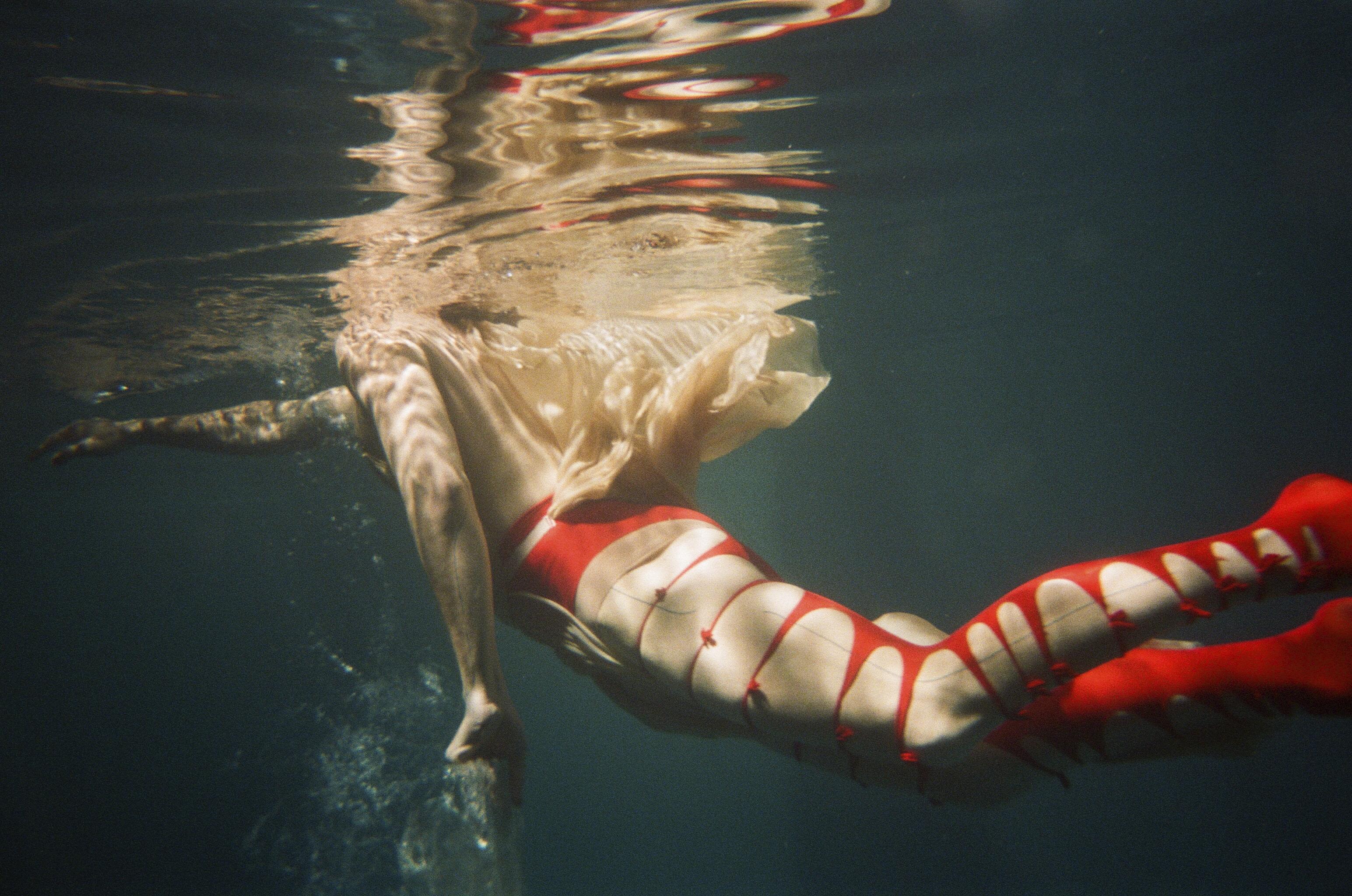
We live in the era of rapid changes, and it demands new skills: the ability to tolerate uncertainty, experiment, be flexible, persistent, resilient, and capable of unlearning obsolete thinking and organizational models. Sometimes, it is also worthwhile to pause, make time, and create space for something new.
Radical creativity is one of the three cross-cutting themes of Aalto University's strategy. When creativity is combined with trust and respect for diversity, its innovative power starts to show in teams, organisations, and the world at large. It's only then that we can speak of radical creativity that truly changes the world.
Aalto University is developing its culture, practices, and structures to create optimal conditions for radical creativity. We invite everyone to join our creative community.
Filming Aalto University's documentary Radical Creatives, directed by Emilia Hernesniemi. Photo: Hayley Lê
Filming Aalto University's documentary Radical Creatives, directed by Emilia Hernesniemi. Photo: Hayley Lê
